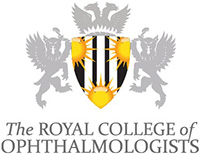Learning Outcome |
- Prescribe local and systemic medications safely.
- Administer a limited number of systemic therapies by subcutaneous, intramuscular and intravenous routes, where appropriate and in accordance with local and national clinical governance arrangements.
- Be aware of the indications, contra-indications, side-effects, and possible interactions of the drugs you prescribe.
|
Overview |
- It is important to recognise that the majority of medications, regardless of their route of administration, have contra-indications in certain medical conditions or patient groups. Be particularly aware of the implications of medications on pregnancy and breast feeding.
- Understand the implications of the many off-label uses of medications in Ophthalmology.
- Understand the maximum doses of medications and the indications for adjusting the dose (e.g. renal failure).
- When prescribing a course of medication, consider the length of the course, and the type of the medication, to ensure the maximum effect with the least harm.
- Be aware of the anatomy and appropriate techniques to allow safe administration of injected medications, particularly thinking about the type and size of needle and syringe.
- Ensure that therapeutic choices are discussed with your patients where appropriate.
- Be aware of the storage limitations on certain medications and the effect that opening a medication has on the shelf life. Ensure that you always check the expiry date on any drug that you are administering or issuing.
- Be able to safely and effectively provide therapeutic medications via topical, subconjunctival, subtenons, orbital, intraocular (AC & vitreous), oral and intravenous routes. Pay particular attention when reconstituting drugs to the volume and diluent agent.
- Ensure concordance with local and national antibiotic stewardship guidelines.
|
